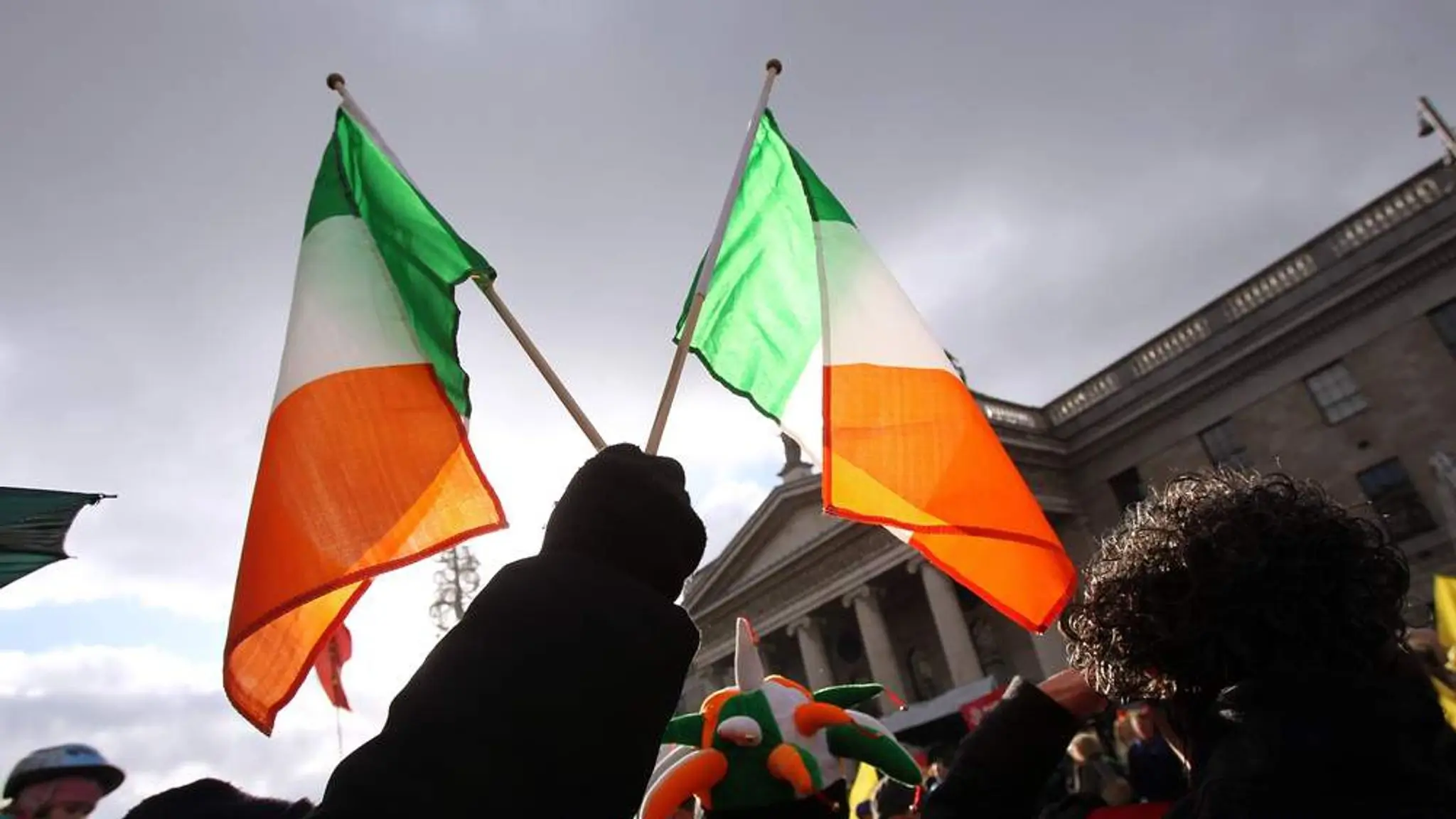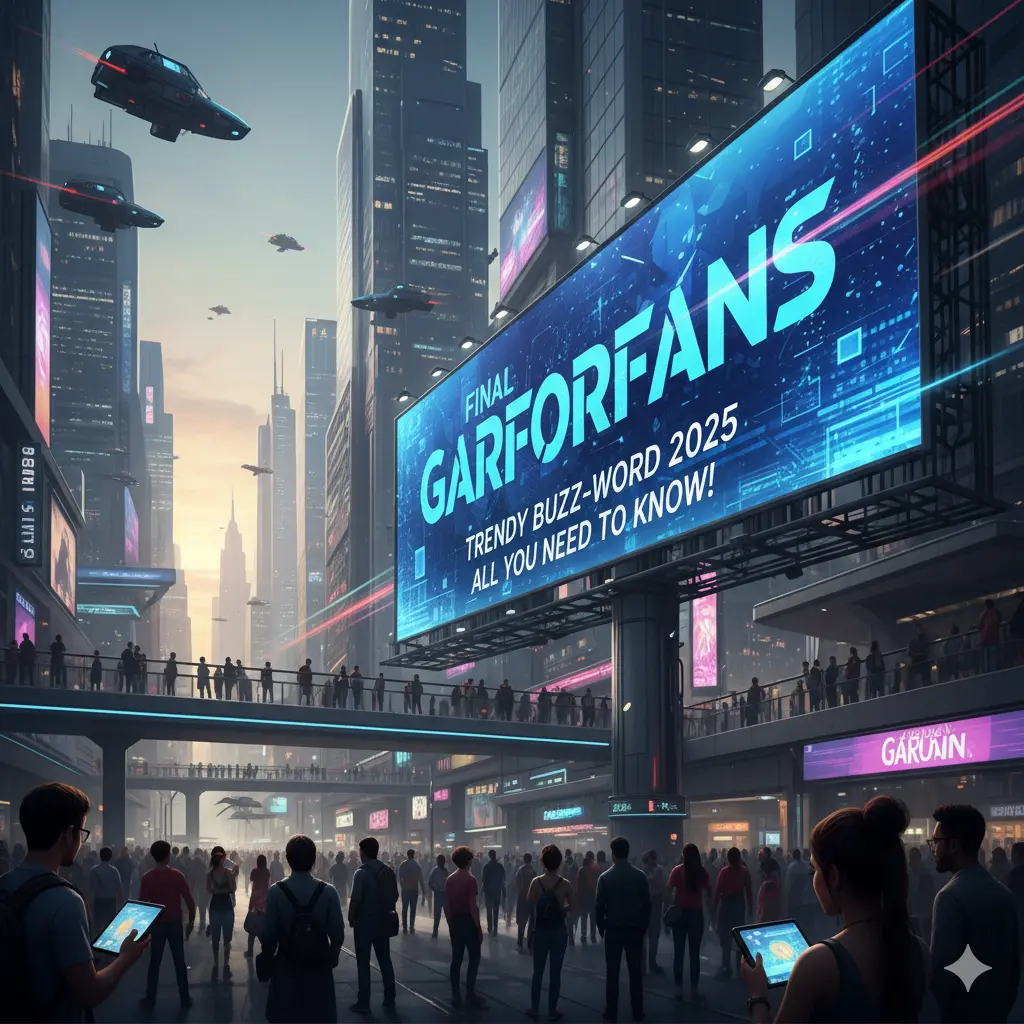
Understanding the Flag Irish Republic | History, Significance, and Meaning
- Ventscripe Staff
- August 19, 2025
- News
- Flag Irish Republic
- 0 Comments
The Flag Irish Republic, a proud emblem of a united identity, is among the most instantly recognized flags worldwide. Its three vertical bands of green, white, and orange carry deep historical and symbolic meaning. To appreciate the flag fully, we should look at its historical roots, the ideas behind its colors, its presence in contemporary Ireland, and the lasting cultural importance it holds.
History of the Flag Irish Republic
The origins of the Flag Irish Republic link directly to the efforts of the nationalist movement in the 19th and early 20th centuries. Throughout the long and difficult campaign for independence from British rule, the need for a flag that reflected the Irish people’s ideals of self-determination and pluralism became increasingly clear. Although the Irish War of Independence and the 1922 formation of the Irish Free State made independence official, the flag had already begun to take its place in the struggle years before. Its appearance at rallies and in the years following the 1916 Easter Rising made it a visual shorthand for the dreams of a fully sovereign nation.
One of the flag’s most memorable early moments came in the Easter Rising of 1916. Rebel fighters in Dublin raised a banner made of green and orange stripes. Green stood for Irish nationalists, and orange for those in Ireland who felt loyal to Britain. The flag they raised wasn’t identical to today’s, but it carried the same basic idea: to show that two different traditions could stand side by side on the same field. The Irish Republic did not yet exist, but the flag hinted at the future.
Three years later, in 1919, the same colors became the flag of the Irish Republic that Sinn Féin proclaimed during the War of Independence. The flag appeared everywhere after the Anglo-Irish Treaty of 1921, and when the Irish Free State opened its doors in 1922, the banner flew proudly as the official flag of the new nation.
Design and Colors of the Flag
The Irish flag looks simple, but it is rich in meaning. It has three vertical stripes of equal width: green on the side next to the flagpole, white in the middle, and orange farthest away. The green stands for Irish nationalists, the orange for those who felt loyal to Britain, and the white between them is a promise of peace and unity. Together, the stripes invite all the different groups in Ireland to share the same space and the same future.
Green
The green stripe is the most loaded with history, standing for Irish Catholics, nationalists, and everyone who wanted Irish independence. It marched with the Irish nationalist drive, especially the Irish Republican Army (IRA), and for centuries it has been the badge of Irish identity—from the 1798 Rebellion against the British on up to today.
White
The white stripe in the middle is the wish itself: the wish for peace and for the green and orange to shake hands. It nods to the Catholic nationalist community and the Protestant unionists, spotting the deep religious and political lines that still matter in Ireland but saying, “They can overlap.”
Orange
The orange stripe speaks for the Protestant community, especially those who stood by the Crown and wanted Ireland to stay tied to Britain. Orange is tied to the Orange Order, a Protestant brotherhood, but when it’s on the flag, it (quietly) says that Protestant voices in Ireland count.
Put the three colors together and the flag tells one long, hopeful story: that in spite of hard history, communities can share the same sky and find a way to live side by side.
The Role of the Flag Irish Republic in Modern Ireland
The Flag Irish Republic stands today as more than just a piece of cloth; it’s a vivid reminder of how far Ireland has come since winning independence. You see it on government buildings, at national parades, and waving from schoolyard flagpoles. Beyond these places, the flag weaves itself into the fabric of Irish culture. You’ll find it in paintings, hear it in songs, and read about it in books. Each time it appears, it stirs up the same deep feelings of pride, shared history, and the hope of being one people.
Politicians and citizens alike turn to the flag when the big conversations come up. You’ll spot it at political rallies, on picket lines, and wherever Ireland decides to debate the future. One of the most moving recent moments came during the 2015 marriage equality referendum. The flag flew high at every rally and every doorstep, a living promise that Ireland stands for human rights and for every person being treated equally.
The Irish flag has become a treasured symbol for Irish people living abroad, especially in places like the United States, Canada, and Australia. Irish immigrants and their families hang the flag in their homes and communities to celebrate their roots and to remember the day Ireland became free. During St. Patrick’s Day parades in Boston and New York, the Flag Irish Republic waves proudly among the music and floats, strengthening the link between the island and its global family.
Flag Etiquette and Protocol
Like most national flags, the Flag Irish Republic comes with rules to help people show it the loyalty it deserves. People must fly it in a way that keeps it clean, upright, and proud. Official advice says to raise the flag at dawn and take it down at dusk, and it must never brush the ground. If the flag is among others, it should take the position to the right, or right in the center, and it should always fly at the same height or below the tallest flag in the group.
On top of the standard rules we’ve covered, there are special instructions for flying the Irish flag at half-mast. This is done to mark the passing of a notable national leader or during a period of national grief. To honor the ritual, the flag is first hoisted all the way to the top of the pole before being lowered to the half-mast position. This movement itself is a gesture of deep respect.
The Irish Flag in Popular Culture
The Irish flag has also carved out a strong place in pop culture around the world. You’ll spot it in movies, TV series, and songs, where it often signals themes of uprising, enduring spirit, and love for the homeland. Notable historical films, like Michael Collins (1996) and The Wind That Shakes the Barley (2006), feature the flag as a bold reminder of Ireland’s quest for independence and its enduring fight for freedom.
Across the globe, musicians have paid tribute to the Irish flag with stirring notes and heartfelt lyrics. Take the song “The Fields of Athenry,” which rings out in unison at Irish rugby and soccer matches. Flag-waving fans lift the green, white, and orange above their heads, their voices and the flag woven together in one show of loyalty to their homeland. The banner appears again during the Rugby Six Nations and at the Olympic Games, each time marking Ireland’s presence for the world to see.
Conclusion
The Irish flag is far more than colored cloth; it is the nation’s conscience sewn into three stripes. The green stands for the land and the people, the white speaks of the peace we crave, and the orange remembers the courage of those who chose the cause of reconciliation. Every crease and fold carries the echoes of rebellion and the hush of ceasefires, charting a course from bitter division to hopeful unity.
No matter where it flies—on a government rooftop, a city parade, or a quiet living room in Chicago, Sydney, or London—the flag raises a banner of enduring pride. For the Irish at home and for the diaspora who have built bridges of memory, the flag is living proof that the dreams paid for with courage are still alive, still calling us to hold together in peace and purpose.
You May Also Like: Nomurano




